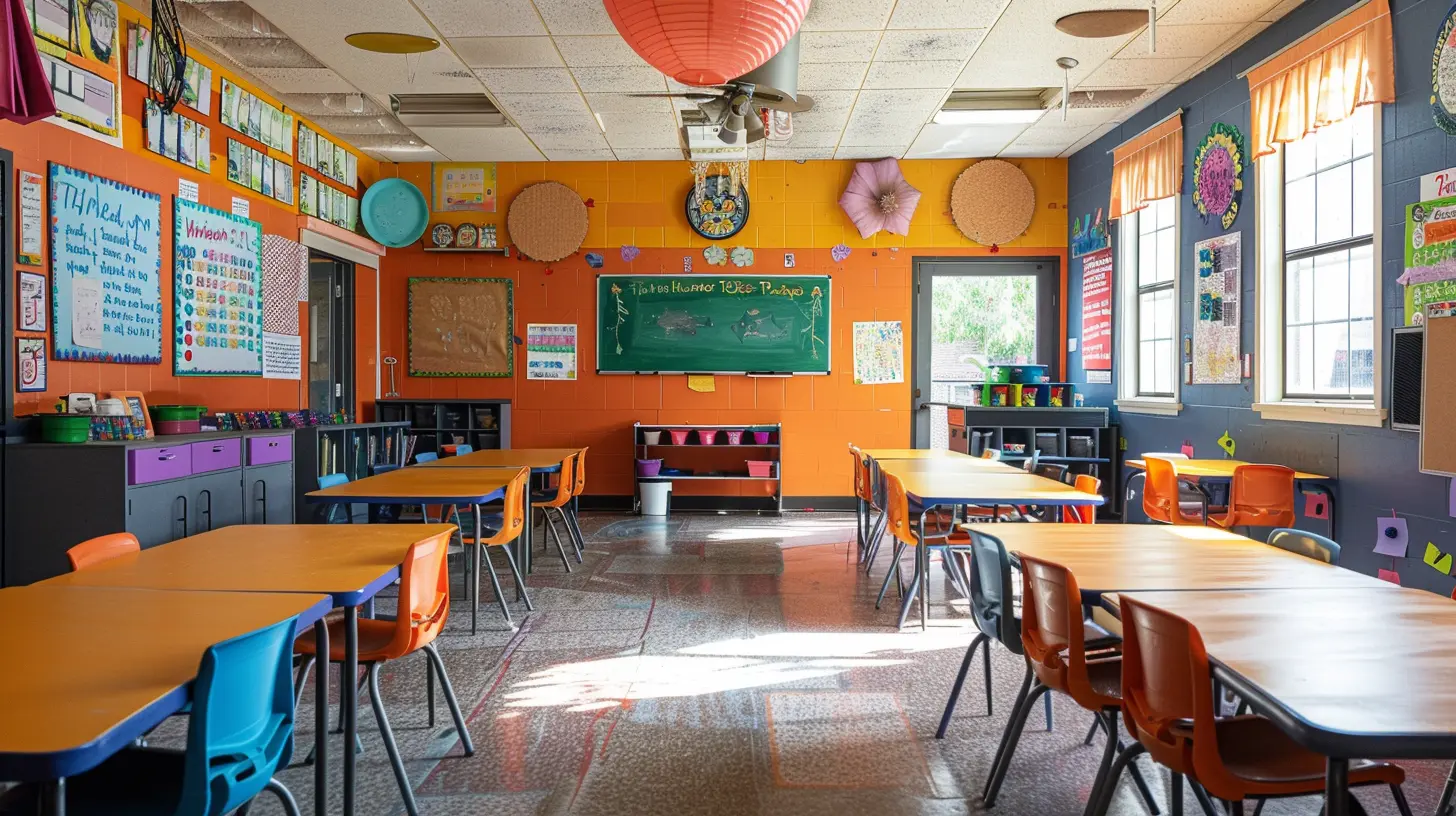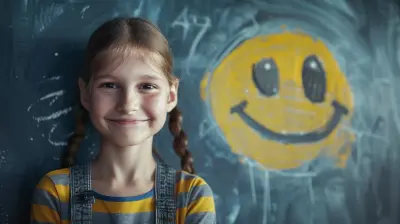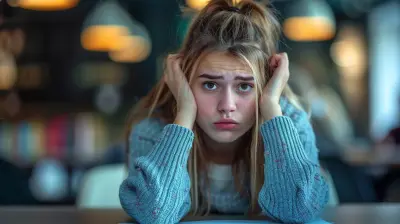Strategies for Differentiating Instruction in Mixed-Ability Classrooms
12 May 2025
Teaching in a mixed-ability classroom is like hosting a dinner party where every guest has different tastes, dietary needs, and portion sizes. Some students devour knowledge like a five-course meal, while others need bite-sized servings at their own pace. The challenge? Making sure everyone leaves the table satisfied.
That’s where differentiated instruction comes into play. It’s not about teaching a different lesson to every student—it’s about tailoring learning experiences so all students can thrive. Let’s dive into practical strategies you can use to make this happen.

What is Differentiated Instruction?
Differentiated instruction is an approach that recognizes students have different backgrounds, learning styles, and abilities. It’s a way of teaching that adjusts content, process, and product to match each student's needs. Instead of a one-size-fits-all lesson, it’s about offering multiple pathways to understanding.Think of it like a GPS. Every student starts at a different point and may take a different route, but the goal is to get everyone to the destination—learning success.

Why is Differentiated Instruction Important?
A mixed-ability classroom is a reality in most schools. Some students grasp concepts quickly, while others need more time. If we only teach to the middle, advanced students become bored, and struggling students get left behind. Differentiation ensures that:- High achievers stay challenged without just being given "extra work."
- Struggling students receive the support they need without feeling left out.
- Every student feels valued and motivated to learn at their own pace.
By addressing different learning needs, we create a classroom where all students feel capable and included.

Strategies for Differentiating Instruction
So, how do we actually do this in a way that's effective and manageable? Here are some tried-and-true methods:1. Flexible Grouping
Grouping students based on their readiness, interests, or learning styles allows them to work at a level that challenges them without overwhelming them.- Ability Groups: Pair students with similar skill levels for targeted instruction.
- Interest-Based Groups: Allow students to work together on topics that excite them.
- Mixed-Ability Groups: Encourage peer learning by mixing strong and struggling learners.
💡 Tip: Rotate groups frequently to prevent labels from sticking and to give students exposure to different perspectives.
2. Tiered Assignments
Instead of assigning everyone the same task, create varying levels of difficulty based on student readiness.Example: If you're teaching persuasive writing, you can offer different prompts:
- Basic Level: Write a short paragraph persuading a friend to read a book.
- Mid-Level: Write a persuasive essay on why schools should have more art classes.
- Advanced Level: Develop a research-backed argument on the impact of technology on student learning.
This way, all students are working on the same skill but at an appropriate challenge level.
3. Choice Boards and Learning Menus
Give students options! When students feel like they have a say in their learning, engagement skyrockets.A choice board is a grid with different activities based on a topic. Students choose the tasks they find most interesting or aligned with their skills.
Example: In a history lesson on ancient civilizations, students might choose between:
✅ Creating a digital presentation
✅ Writing a diary entry from the perspective of a historical figure
✅ Designing an infographic comparing civilizations
Think of it like a restaurant menu—everyone gets something they enjoy, but all meals provide nourishment (learning!).
4. Scaffolded Learning
Scaffolding means providing support until students can work independently. Just like training wheels on a bike, the goal is to eventually remove them.Ways to scaffold:
- Use graphic organizers to help students organize their thoughts.
- Offer sentence starters to guide responses.
- Model the process before asking students to do it themselves.
When students get the right amount of support, they build confidence and grow as independent learners.
5. Varied Instructional Methods
Not all students learn the same way. Some are visual learners, some are auditory, and others learn best by doing. Mixing up teaching methods ensures that all students can connect with the material.- Use visuals, charts, and videos for visual learners.
- Incorporate discussions, storytelling, and podcasts for auditory learners.
- Provide hands-on activities and experiments for kinesthetic learners.
The more ways you present information, the higher the chances that it will stick!
6. Personalized Learning Goals
Not every student should be expected to reach the same goal at the same time. Set individual goals based on strengths and areas for growth.Example: Instead of grading every student by the same standard, consider tracking their progress based on personal improvement. Did they make growth? Are they challenging themselves? That’s what really matters.
7. Technology as a Differentiation Tool
Technology can be a game-changer in mixed-ability classrooms. With apps and online platforms, students can learn at their own pace.Some tech tools to try:
- Khan Academy – Offers self-paced lessons in various subjects.
- Google Classroom – Allows teachers to assign different tasks to different students.
- ReadWorks & Newsela – Adjusts reading levels for individual students.
When used correctly, technology personalizes learning and enables students to take ownership of their education.
8. Formative Assessments and Ongoing Feedback
Instead of waiting for the "big test," use formative assessments to check in on student progress regularly.Quick assessment ideas:
✅ Exit tickets – A short question students answer before leaving class.
✅ Think-pair-share – Students discuss answers with a partner before sharing with the class.
✅ One-minute reflections – Students jot down key takeaways from the lesson.
By continuously assessing and adjusting instruction, you make sure no student slips through the cracks.

Overcoming Challenges in Differentiation
We get it—differentiation sounds great in theory, but in reality, it can feel overwhelming. The key is starting small. Choose one or two strategies and build from there.Also, remember: You don’t have to differentiate everything every day. Balance is key! Even small tweaks can make a big difference in student engagement and success.
Final Thoughts
Differentiating instruction in a mixed-ability classroom isn’t about creating 30 different lesson plans. It’s about meeting students where they are and guiding them forward in ways that work for them.By using strategies like flexible grouping, tiered assignments, choice boards, and scaffolding, you can create a learning environment where every student feels capable, challenged, and excited to learn.
At the end of the day, teaching isn’t about making sure everyone learns the same way—it’s about ensuring everyone learns, period.
all images in this post were generated using AI tools
Category:
Differentiated InstructionAuthor:

Olivia Chapman
Discussion
rate this article
6 comments
Onyx Morgan
Great article! Differentiating instruction in mixed-ability classrooms is so crucial for fostering an inclusive learning environment. I love the practical strategies you shared—helping every student reach their potential is what teaching is all about! Keep inspiring us!
May 16, 2025 at 6:25 PM

Olivia Chapman
Thank you for your kind words! I'm glad you found the strategies helpful—fostering inclusion is essential in education!
Iliana McGee
Just teach to everyone, right?
May 16, 2025 at 4:28 AM

Olivia Chapman
Thank you for your comment! While teaching to everyone is ideal, differentiation allows us to meet diverse learning needs effectively.
Luella McBride
Great insights! Differentiating instruction is key to fostering an inclusive learning environment. Your strategies empower teachers to meet diverse needs and help every student thrive. Keep up the fantastic work in making education accessible for all!
May 14, 2025 at 8:47 PM

Olivia Chapman
Thank you for your kind words! I'm glad you found the strategies helpful in promoting inclusivity and supporting all learners.
Jace Dodson
This article offers practical strategies for effectively differentiating instruction in mixed-ability classrooms, promoting inclusive learning and helping all students reach their full potential. A must-read for educators!
May 14, 2025 at 3:34 AM

Olivia Chapman
Thank you for your feedback! I'm glad you found the strategies helpful for promoting inclusive learning.
Daniel McQuiston
Mix it up! Every learner's a unique spice in the classroom stew!
May 13, 2025 at 12:47 PM

Olivia Chapman
Absolutely! Embracing diverse learning styles enriches the classroom experience and fosters a more inclusive environment.
Gwen Wallace
Valuable insights for effective teaching!
May 12, 2025 at 2:26 AM

Olivia Chapman
Thank you! I'm glad you found the insights valuable for your teaching.




